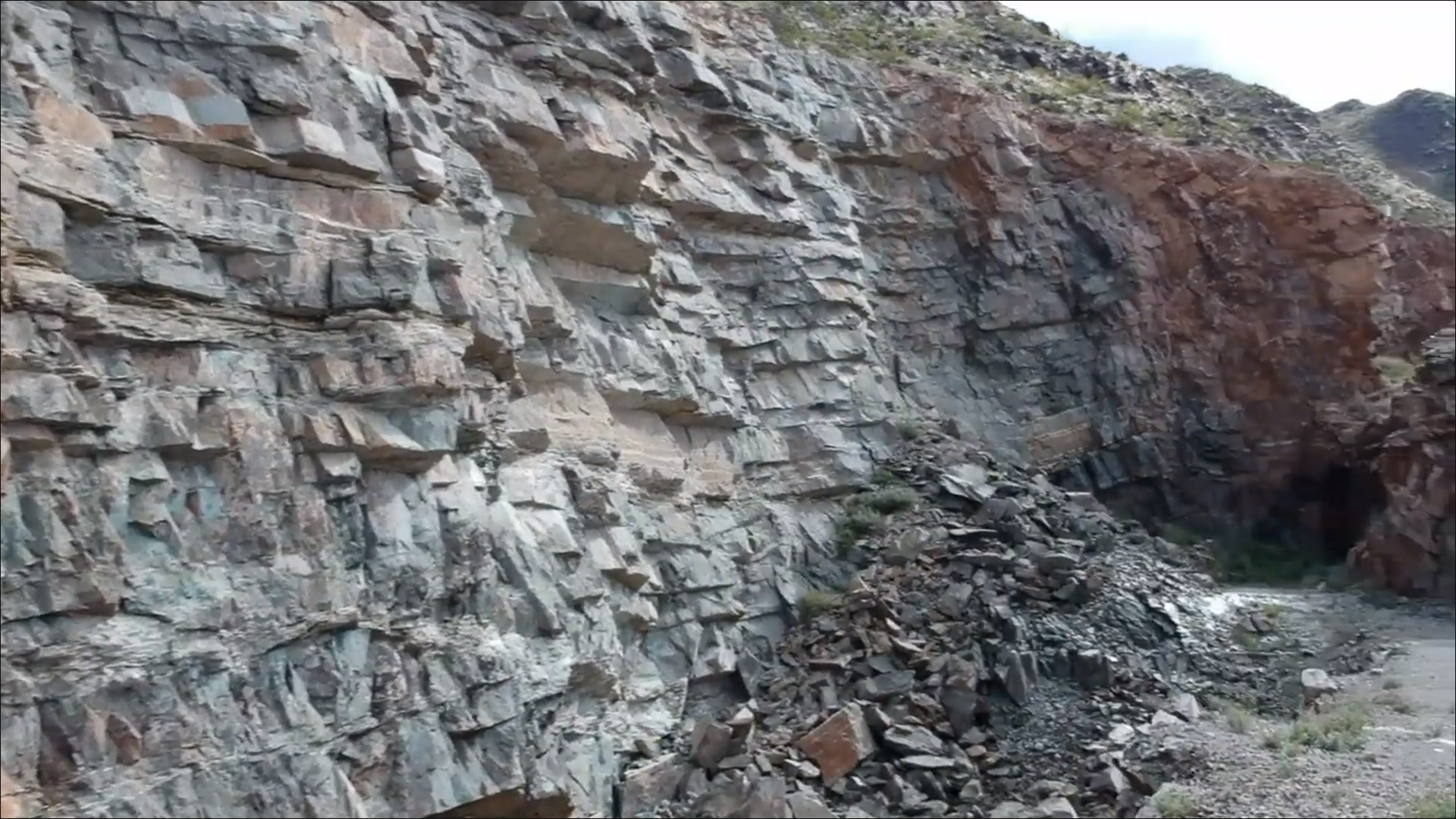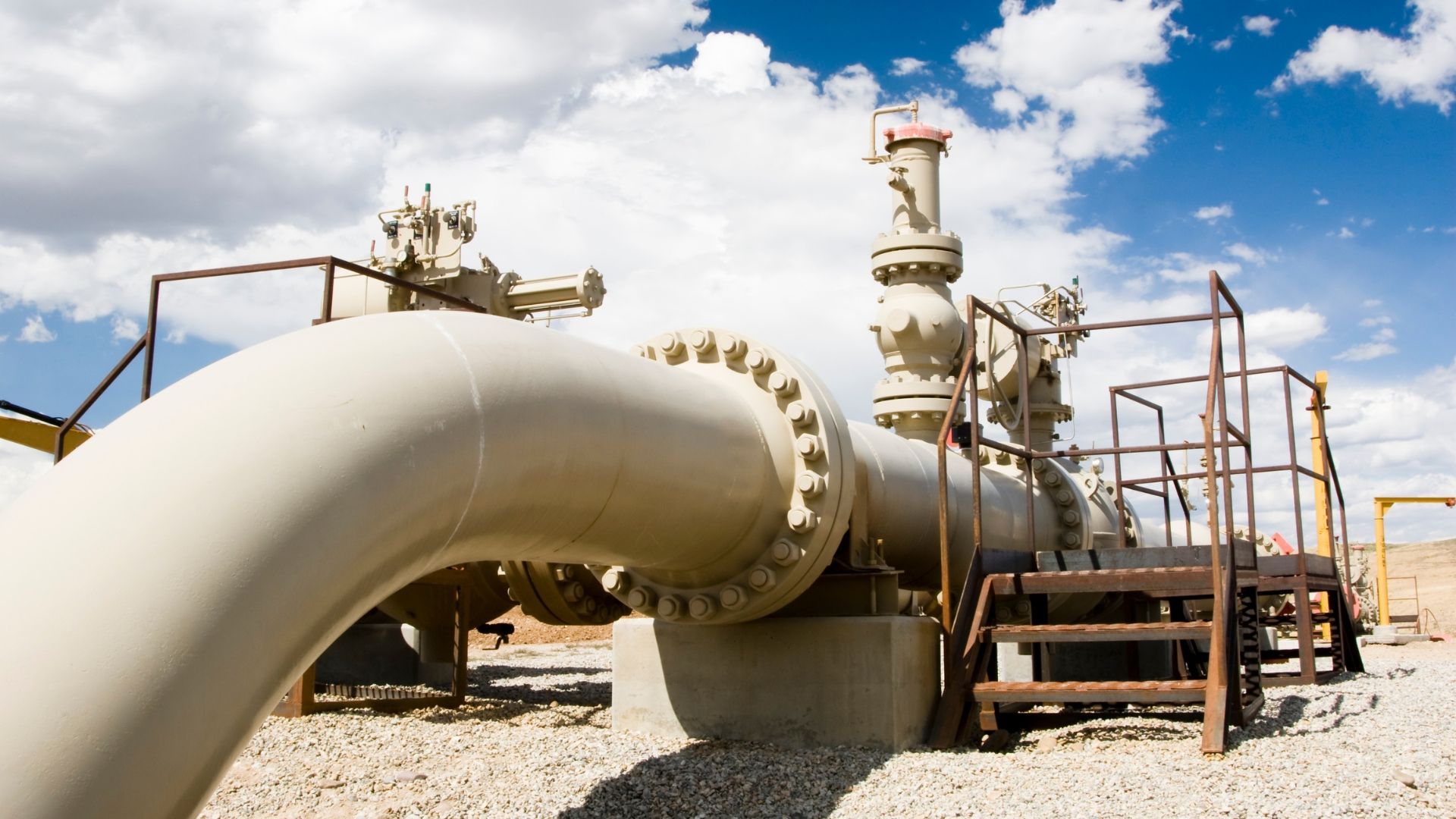OCTOBER 23, 2023 BY JIM FRAZER
In the ambitious voyage towards a sustainable future, the U.S. has set its sails towards the burgeoning domain of Carbon Capture Utilization and Storage (CCUS). The recent episode from The Sustainability Podcast below unveiled a milestone—investments in CCUS surpassing $50 billion, a remarkable feat facilitated by the Inflation Reduction Act (IRA) of 2022 and the Bipartisan Infrastructure Law.
The current ecosystem:
The IRA and Bipartisan Infrastructure Law are the linchpins in the federal framework that steers the U.S. closer to its net-zero ambitions. The IRA, a landmark legislation, embarks on a multi-faceted mission to curb inflation, lower healthcare costs, and notably, funnel investments into domestic energy production while promoting clean energy initiatives. On the other flank, the Bipartisan Infrastructure Law, an unprecedented investment in the nation’s infrastructure, allocates substantial resources towards myriad sectors including roads, bridges, transit, and the electric grid, with a pronounced emphasis on advancing a clean energy future.
Adding a layer of depth to the federal framework, the IRA has dedicated about $400 billion towards clean energy, marking a significant stride towards the U.S.'s net-zero emissions target by 2050. Within this framework, the 45Q tax credit has seen a substantial enhancement, offering $85 per ton of CO2 captured, up from the previous $50 per ton. Moreover, the IRA extends this credit to direct air capture facilities, now receiving $108 per metric ton of CO2 captured. This amendment has broadened the market scope, enabling 54% of the current carbon capture technologies and companies to qualify for the 45Q tax credit.
On the other side, the Bipartisan Infrastructure Law has allocated around $67 billion to the Department of Defense (DoD) for deploying multiple demonstration projects and pilot programs over the next five years. Noteworthy among them are the regional direct air capture hubs, with two such projects already announced in Louisiana and South Texas. These projects symbolize the collaborative spirit between public and private sectors, where federal initiatives are liaising with private enterprises for technological deployment and development in the carbon capture space.
Current challenges:
The path to a low-carbon economy is strewn with operational, technological, and regulatory hurdles. The infrastructural demands for transporting and storing captured carbon, high operational costs, and the need for advanced technologies are some of the critical challenges that could potentially decelerate the pace of CCUS deployment.
Overcoming the hurdles:
A holistic approach is indispensable to overcoming these challenges. This entails fostering a conducive policy environment, bolstering public-private partnerships to spur capital influx and technological innovations, and amplifying public awareness on the pivotal role of CCUS in climate mitigation.
The future landscape:
With the financial and legislative scaffolding in place, the landscape of CCUS in the U.S. is poised for a transformative journey. The fusion of policy, technology, and capital, as manifested in the recent legislative actions, heralds a promising trajectory towards achieving the nation’s net-zero targets.
Summing up
The confluence of substantial investments, policy frameworks, and collective resolve underscores a promising narrative for carbon capture initiatives in the U.S. The insights shared in the recent episode of The Sustainability Podcast elucidate the evolving dynamics of the CCUS landscape, offering a compelling narrative for senior technology and operations executives eager to navigate through the green horizon.
For a deeper understanding and further insights into the U.S. carbon capture investments and legislative impact, tune into The Sustainability Podcast. This episode provides a comprehensive discussion on the monumental financial commitments and policy frameworks bolstering the CCUS landscape, offering a rich narrative for those keen on understanding the evolving dynamics of carbon capture initiatives.
© 2023 All rights reserved | ARC Advisory Group







